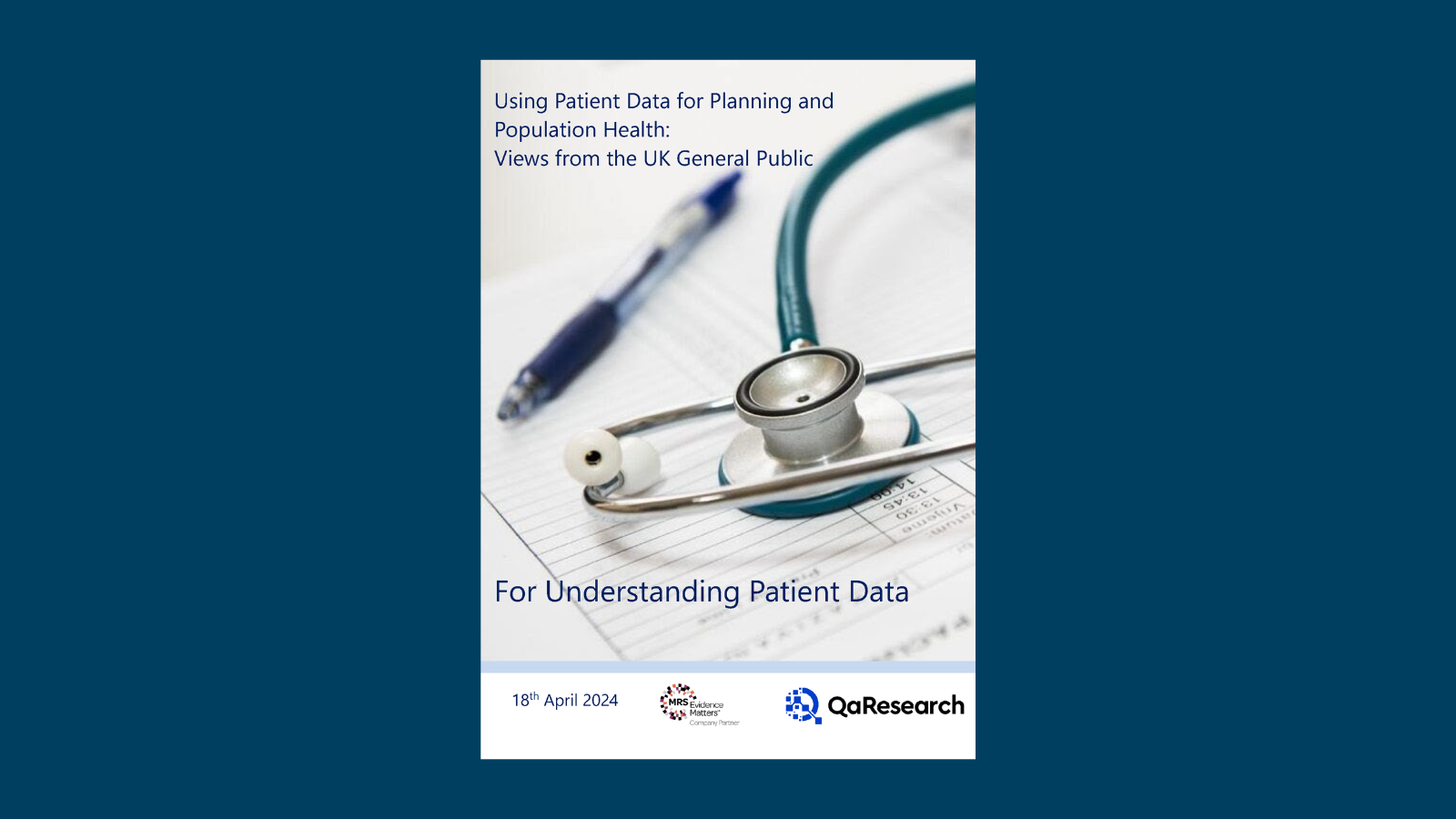When asked how much they knew about how the NHS uses patient data, 20% of survey respondents said they knew nothing at all, 34% said they knew a little, 33% said they knew some and 8% said they knew a lot.
Participants were more likely to identify individual care (also known as direct care) as something the NHS uses patient data for (86%), compared to research (71%), population health (68%) and planning (66%). Only 51% of participants correctly identified that the NHS uses patient data for all purposes.
In workshops, very few participants could say how the NHS uses their data, with examples primarily revolving around individual care and research. Workshop participants also found it difficult to define the terms ‘planning’ and ‘population health’, but once explained, they understood the concepts easily.
When asked how familiar they were with different examples of how the NHS uses data for planning and population health, survey respondents were most familiar with examples relating to population health management and risk stratification, and least familiar with examples relating to service evaluation and managing demand for services.
People from older groups, ABC1 social grades and a white ethnic background were more likely to correctly identify the different use cases (individual care, research, planning and population health). However, when asked about specific examples of data being used for planning and population health, those aged 18-34 and people from a minority ethnic background were more likely to say they knew at least a little about each example.

